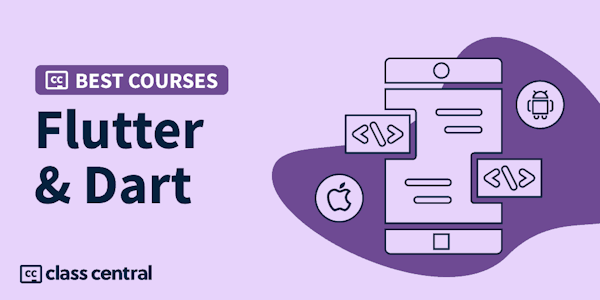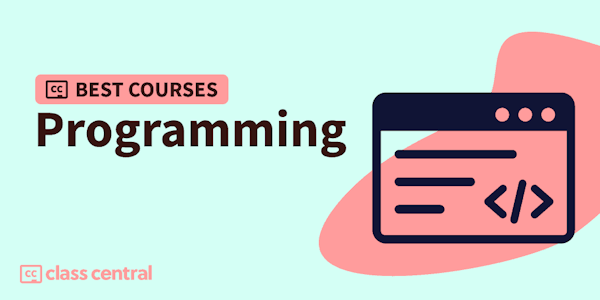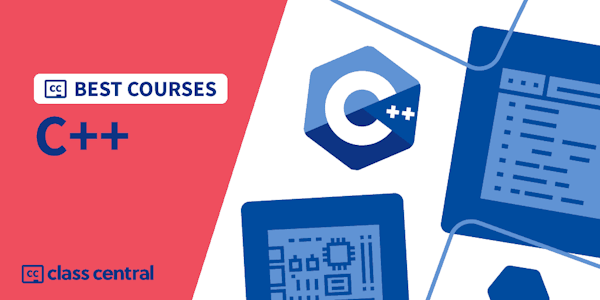Writing and teaching Flutter From the basics of Dart and Flutter to advanced topics with simple, but detailed examples.
Flutter by Example has been publishing tutorials since 2017, when Flutter was still in it's alpha stage. Last updated in Summer 2020.
Real world examples and tutorials. And it'll always be free.





